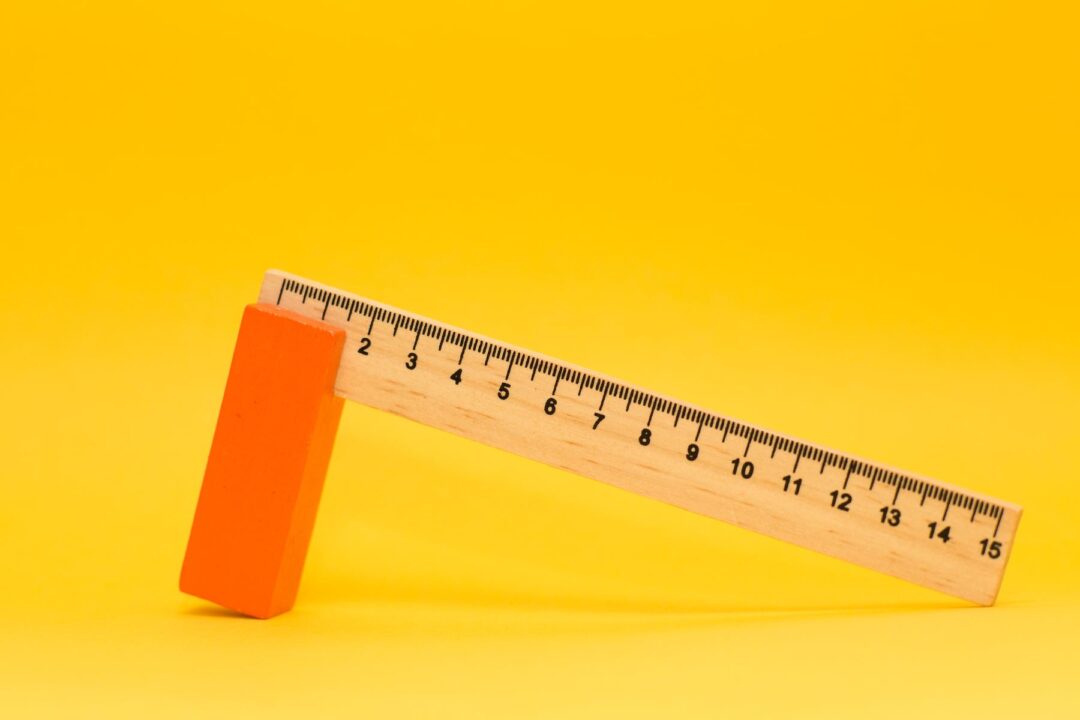The Terror of Error


- Assessment |
- Feedback |
- Marking |
- Motivation
Let’s start with an easy observation: we all make mistakes and don’t like admitting to them. In fact, as a culture, Schulz (2011, p.7) believes ‘we haven’t even mastered the skill of saying I was wrong when we add, for example, a modifying but to the end, or express it passively as in mistakes were made.’
The truth is, that it is extremely difficult to learn anything without making mistakes. And, if it is only by making mistakes that children’s learning moves on should we perhaps be encouraging or celebrating them even? A tough call, given Schulz observation. However, changes in attitudes have to start somewhere with Robinson (2017) observing: ‘change starts with the individual teacher…from the ground up, not the top down.’ So, the teacher’s attitude is paramount and, despite external pressures, you can do lots within your own classroom. So, what is it about our relationship with error, and what should we do to turn a negative into a positive, and mistakes into opportunities to learn?
Two points are crucial to remember:
- Not all errors are the same or equally important;
- Teachers’ attitudes have a huge bearing on how pupils respond to errors.
We have a clear duty to alter attitudes and encourage learners to embrace those times when they get things wrong.
Negative vibes
We now need to consider why error is seen negatively, and to acknowledge that some errors are definitely to be avoided; after all, nobody wants their surgeon, dentist, or pilot, to be cavalier in their attitudes to wrongness.
Given the high profile of the safeguarding agenda and the increased frequency of negligence claims against individuals and organisations, is it any surprise that teachers have become increasingly risk-averse – an attitude translated into a general discomfort with error which we then communicate to pupils?
We have, I believe, a clear duty to alter attitudes and encourage learners to embrace those times when they get things wrong.
A major obstacle to this, Antony and Swinson (2009) contend, is the fear of what learners believe about making mistakes: ‘…that (it) will lead to some terrible consequences (e.g. being ridiculed) or… (that it) is a sign of weakness or incompetence.’
Additionally, Maats and O’Brien (2014) emphasise that students ‘think about (mistakes) emotionally …(they) make students feel stupid…(engendering) a feeling of shame, and our natural response is to avoid its source… Changing your students’ perspective is the greatest gift you can give as a teacher.’
Not all mistakes are equal
Why, then, are some mistakes important to learning and why should teachers spend far more time accentuating their positives? Briceno (2015) identifies four types of mistakes, at least one of which can be planned for to support learning:
High Stakes mistakes are normally catastrophic – think pilot or brain surgeon. As opportunities for learning are not available to participants, they don’t merit discussion here.
Aha-moment [Eureka!] mistakes happen ‘when we (seemingly) achieve what we intend to, but then realise that it was a mistake to do so because of some knowledge we lacked (initially) which is now becoming apparent’. For example, basing a problem-solving exercise on incorrect input-data; misremembering an historical date, then applying it inappropriately. This type is harder to plan for, but can support reflective learning: what happened? what did not go so well? what to do differently next time?
Sloppy mistakes happen for a range of reasons: reduced focus, tiredness, poor environment, bad habits etc. But they can afford a learning opportunity when teachers convert them into ‘aha-moments’ and learners realise they should improve some aspect of the process. ‘Tiredness’ could signal a need for earlier bedtimes; ‘poor environment’, the need to work somewhere more conducive to study.
Stretch mistakes, have high ‘intentionality’ i.e. planning makes it more likely that errors will occur as learners push hard at the boundaries of their challenge or ‘stretch’ zone. These are positive, and inevitable when tackling new, or challenging, knowledge, understanding, and skills. Children learning a new gymnastic vault are unlikely to succeed first time; long-division takes time to completely master, and nobody understands semi-colons straightaway!
Positive steps
Clearly, the attitudes and beliefs needed to make informed decisions about risk are formed early in life, so what can you do to help your learners benefit from the errors they are definitely going to confront when working hard in their stretch zone?
- Address the climate for learning, and present error positively. Discuss your own errors and what you learned from them;
- Encourage pupils to be specific about their difficulties, focusing on their stretch mistakes and what they learned. Display these, praising children for sharing their learning;
- As a class, analyse the most commonly occurring mistakes. Because several children made the same ones, individuals avoid uncomfortable feelings of shame;
- Plan in quality time, when children can respond to your marking;
- When questioning, don’t let children off the hook too easily. Seek clarification, justification etc. If the climate and attitude to error is positive, children will learn to persist.
In adopting a more relaxed and informed approach to error, you will be doing two very important things, at least, for the learners in your care. Firstly, you will win back precious learning time otherwise wasted on low-level corrections. Secondly, you will be developing the positive, resilient attitudes to risk-taking so important to their learning and so valued in the real world.
Accentuate the positive…eliminate the negative
The process of learning from stretch mistakes needs managing. Learners who repeatedly make the same ones might need to adjust their strategy or consider the effectiveness of their existing approaches. For example, as the work gets harder in maths, they may need to choose a different and more appropriate methods to the ones they have been using to date. Or, it may be that they need additional support and guidance to help them cope with the new level of challenge: in English, for instance, on the use of more complex sentence structures or vocabulary.
Considering learners’ progress, teachers must decide whether to intervene, support, or change the level of challenge. Ultimately, learners need to identify, reflect upon and rectify their stretch mistakes and, by adjusting their practice, master the new level of ability- in readiness for the next challenge. In this way, their stretch zone is adjusted and what was too difficult without support is now within their capabilities.
And remember, when dealing with errors:
- allow reflection time
- exploit any lessons to be learned from them.
To be ‘an expert’ requires lots of practice (10,000 hours, according to Gladwell 2008 p39, although this has been contested as over-simplification) but equally important is the kind of practice and getting quality feedback. Experiencing difficulties during practice allows learners to plan for so-called deliberate practice. Maats and O’Brien (2014) say ‘mistakes are the most important thing …because they tell you where to focus that deliberate practice.’
Klein (2013, p.4) illustrates a commonly held (erroneous) belief concerning Performance Improvements, Errors, and Insights thus:
Performance Improvement= Errors⇩ + Insights ⇧
He concludes: ‘ (however), if we eliminate all errors, we haven’t created meaningful insights…(and) we’re less likely to gain insights,’ and importantly, ‘insights…change how we understand…transform our thinking…provoke a shift in our understanding.’ To me, this is the moment when can’t becomes can, when I don’t becomes I do understand: in short, it turns the key which unlocks learning.
Having a positive attitude to experimentation and error is critical to learning- without opportunities to speculate and test and to tolerate failure better, learners’ beliefs and attitudes can become inflexible and entrenched, slowing down progress. As Curwin (2015) observes, ‘the more successful our beliefs, the harder it is to give them up [which] can result in more rigid ways of thinking.’ It is only ‘when mistakes become learning opportunities…everything changes…students take more risks, think in new ways, cheat less and solve mysteries that had previously eluded them.’
Helping children to understand and cultivate healthier attitudes to error, aids the development of positive approaches to risk, generally. Rolfe (2010, p. 3) stresses the importance of building confidence and resilience through ‘experience of failure, as a result of risk-taking in a safe environment’, i.e. the classroom. Nationally, ‘the importance of risk-taking innovation is urgently needed for economic growth’ Rolfe (2010, p. 3) and for individuals, ‘avoiding risk, by following convention and pressure from peers,…can lead to lost opportunities…’ Rolfe (2010, p. 9).
Having a positive attitude to experimentation and error is critical to learning
References
- Antony M and Swinson R (2009) When Perfect isn’t Good Enough. Oakland: New Harbinger Publications.
- Briceno E (2015) Mistakes are not all created equal. Available at: http://blog.mindsetworks.com/entry/mistakes-are-not-all-created-equal (accessed 18 April 2019).
- Curwin R (2015) Finding value in error. Available at: https://www.asialifemagazine.com/education/finding-value-in-error (accessed 18 April 2019)
- Gladwell M (2008) Outliers. London: Penguin.
- Klein G (2013) Seeing What Others Don’t. London: Nicholas Brealey Publishing.
- Maats H and O’Brien K (2014) Teaching Students to Embrace Mistakes. Available at: https://www.edutopia.org/blog/teaching-students-to-embrace-mistakes-hunter-maats-katie-obrien (accessed 18 April 2019).
- Robinson K (2017) The Learning Revolution. BETT Lecture. Available at: https://www.youtube.com/watch?v=IMqW79LQS98 (accessed 18 April 2019).
- Rolfe H (2010) Learning to take risks, learning to succeed. NESTA report. London. Available at: https://www.nesta.org.uk/report/learning-to-take-risks-learning-to-succeed/ (accessed 18 April 2019).
- Schulz K (2011) Being Wrong. London: Portobello Books.









